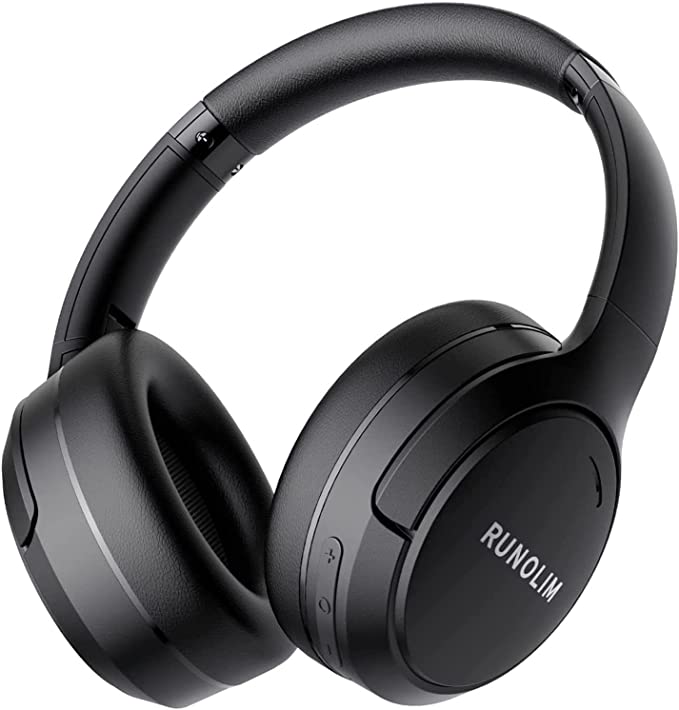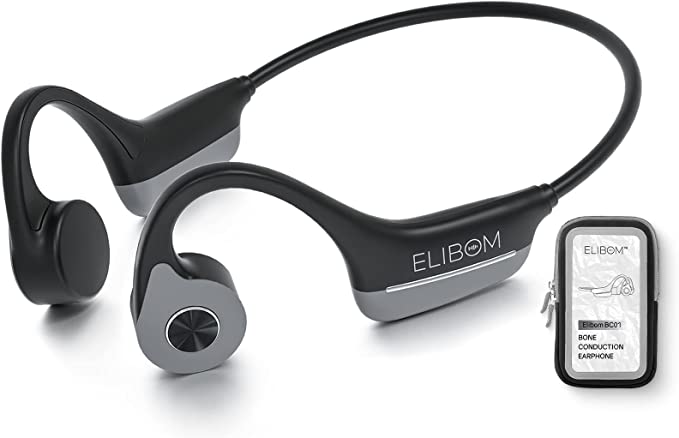Beoplay H95: Experience Silence and Sound with Adaptive ANC
Update on Sept. 22, 2025, 3:25 p.m.
A journey into the physics of active noise cancellation and the material science of sound, using the Bang & Olufsen Beoplay H95 as our guide.
The roar of the jet engines is a physical presence. It’s a low, grinding hum that vibrates through the armrest, up your spine, and into the base of your skull. Inside the cabin, this drone is punctuated by the coughs of fellow passengers, the clatter of the service cart, and the piercing cry of a tired infant a few rows back. This is the unwanted symphony of modern travel, a chaotic soundscape that frays nerves and exhausts the mind. For decades, our only defense was to turn the volume up, fighting noise with more noise.
But what if you could simply… erase it? What if you could command a pocket of profound silence, a personal auditorium where the only sound is the one you choose?
This isn’t a product review. This is a story about the beautiful, counterintuitive science that makes such an experience possible. It’s a dive into the physics of nothingness and the material science of perfect sound, and our guide on this journey will be a masterclass in engineering: the Bang & Olufsen Beoplay H95. We’re using it not as a product to be sold, but as a lens through which we can understand the principles that are reshaping our auditory world.

The Physics of Nothingness: Erasing Sound Waves
To understand how to cancel noise, you first have to understand what it is. Sound isn’t an object; it’s a disturbance. It’s a pressure wave traveling through a medium, like air. Imagine dropping a pebble into a perfectly still pond. The ripples that spread out are waves, each with a peak (the crest) and a valley (the trough). Sound waves are much the same.
The genius of Active Noise Cancellation (ANC) lies in a principle called destructive interference. It’s physics at its most elegant. If you could somehow create a second set of ripples in that pond, perfectly timed so that its troughs align exactly with the first set’s peaks, they would cancel each other out. The water’s surface would become calm again.
ANC does precisely this, but with sound.
The process begins with tiny microphones on the outside of the headphones, which act as ears, constantly listening to the surrounding environmental noise—that jet engine drone, for example. This captured soundwave is instantly fed to a powerful microprocessor, the Digital Signal Processor (DSP), which acts as the system’s brain. In a fraction of a millisecond, the DSP analyzes the incoming noise and generates a brand new, mirror-image soundwave. This “anti-noise” wave is an exact opposite, with its peaks where the noise’s troughs are, and vice-versa.
This anti-noise is then played through the headphone’s internal speakers, directly into your ear. When the original, unwanted noise wave finally arrives at your eardrum, it meets its perfectly out-of-phase twin. They collide and annihilate each other. The result is not two sounds, but the startling absence of one: silence.
What makes a sophisticated device like the Beoplay H95 so effective is its use of Adaptive ANC. This is an advanced, hybrid system. It doesn’t just have microphones on the outside (a “feedforward” system); it also has them on the inside of the earcup (a “feedback” system). These internal mics listen to the sound that actually reaches your ear, allowing the DSP to check its work and correct any errors in real-time. It’s constantly asking, “Did I cancel that perfectly?” and adjusting its anti-noise signal on the fly. This is how it can adapt seamlessly as you walk from a quiet terminal into the roaring chaos of the tarmac. It’s a constant, high-speed conversation between the world outside, the space inside your ear, and a very smart computer in between.

The Science of Something: Crafting Perfect Sound
Creating silence is only half the battle. Once the canvas is cleared of noise, you must paint it with sound. And here, we move from the physics of waves to the science of materials.
At the heart of any headphone is the driver. This is the tiny engine that turns electrical signals into the physical vibrations that your brain interprets as music. A conventional dynamic driver, like the ones in the H95, works much like a large loudspeaker. A magnet creates a magnetic field, and a voice coil attached to a diaphragm moves back and forth within it as the electrical current of the music signal flows through. This movement pushes and pulls the air, creating the sound waves you hear.
The single most critical component in this engine is the diaphragm. This is the membrane that actually vibrates. For it to reproduce sound accurately, it needs to be two things at once: incredibly rigid and almost weightless.
Rigidity is crucial because you don’t want the diaphragm to bend or warp as it moves. If it flexes, it creates its own unwanted vibrations, a phenomenon known as breakup or harmonic distortion. This is what makes sound “muddy” or “unclear,” especially at higher volumes. Weightlessness, or low mass, is vital for speed and precision. A lighter diaphragm can start and stop moving much more quickly, allowing it to faithfully reproduce the rapid, complex changes in a musical signal. This is called transient response, and it’s the difference between hearing a mushy kick drum and a crisp, percussive thump.
This is where material science comes in. For the Beoplay H95, engineers chose Titanium.
Titanium is a material beloved by the aerospace industry for its extraordinary stiffness-to-mass ratio. It’s as strong as steel but only about 60% of its density. When used to coat the H95’s 40mm driver diaphragms, this property allows the driver to move as a single, piston-like unit, even when vibrating thousands of times per second. It resists breakup, keeping the sound pure and distortion-free. Its low mass enables it to react with lightning speed, capturing the subtle texture of a cello bow scraping across a string or the sharp attack of a hi-hat. You aren’t just hearing a note; you are hearing the character of the instrument that produced it.
This is the tangible result of a choice made at the atomic level. The clarity and detail that an audiophile might describe as “lifelike” are a direct consequence of the physical properties of the 22nd element on the periodic table.

The Ghost in the Machine: The Role of Computation
If the titanium driver is the heart of the headphone, the Digital Signal Processor (DSP) is its brain, and its role extends far beyond just running the noise cancellation algorithm. The physical world is imperfect. The acoustics inside an earcup are complex, and every driver has minute imperfections. The DSP is the conductor that orchestrates the entire system to overcome these limitations.
It applies microscopic equalization (EQ) adjustments to smooth out the frequency response, ensuring that no single range of tones is artificially boosted or cut. It manages the interplay between the music you’re listening to and the anti-noise signal, ensuring they coexist without interfering with one another.

Furthermore, the DSP can be programmed with psychoacoustic models—an understanding of how human brains perceive sound. It can make adjustments that, while not technically “accurate” to the raw signal, are more pleasing to our ears. This is the burgeoning field of computational audio, where software is used to bend the rules of hardware. It’s the same principle that allows your smartphone camera to take stunning night-time photos that its tiny lens should be physically incapable of. Here, computation is used to shape the soundscape, creating a listening experience that feels both perfectly natural and impossibly clear.
When you adjust the noise cancellation on the H95 with its satisfyingly tactile aluminum dial, you aren’t just turning a knob. You are commanding a powerful DSP to recalibrate a complex set of algorithms in real-time. It’s a reminder that the most elegant user experiences are often the front end for immensely complex computational tasks.

The ultimate luxury, then, is not the object itself—not the lambskin leather or the brushed aluminum. The ultimate luxury is a curated sensory experience. It’s the ability to step out of the world’s unwanted symphony and into a space of your own design. Thanks to a deep understanding of physics, materials, and computation, we no longer have to just listen to the world as it is. We can compose our own.


























































